
I went to Beijing, I saw the Forbidden City, I climbed the Great Wall. Not very original, but I enjoyed it nonetheless.
Tien-an-men, the gate of heavenly peace, is the entrance to the old palace of the emperor, known either as the Palace Museum, or as the Forbidden City, since in imperial times people might be executed for unauthorized entry. The gate of heavenly peace sports a huge portrait of Mao Zedong, who announced the formation of the People's republic of China from the upper levels of the gate on October 1st 1949.


As may be obvious from some of the pictures, I visited the Forbidden City on a sunny Sunday, when a lot of the inhabitants of Beijing also decided to visit the Forbidden City. The crowds were both a little intimidating, and fascinating. It is a good thing the palace is huge, and can accomodate all these people.
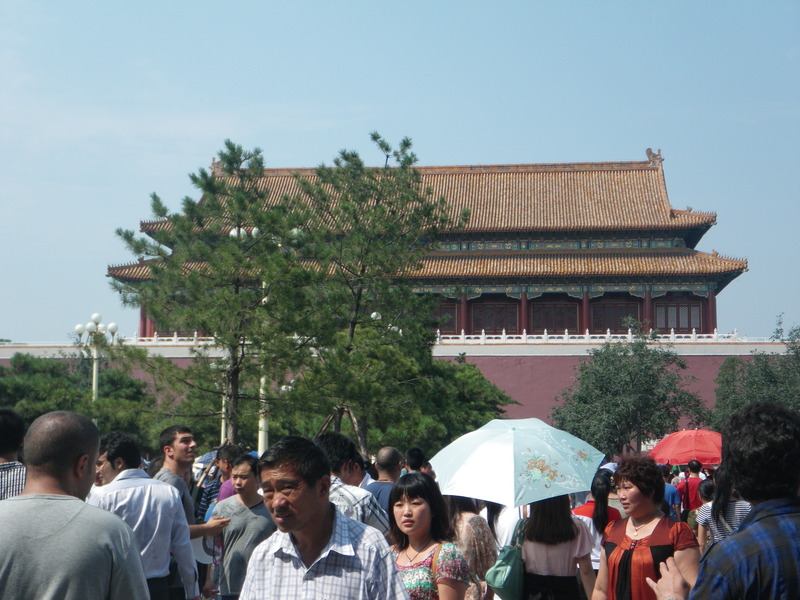
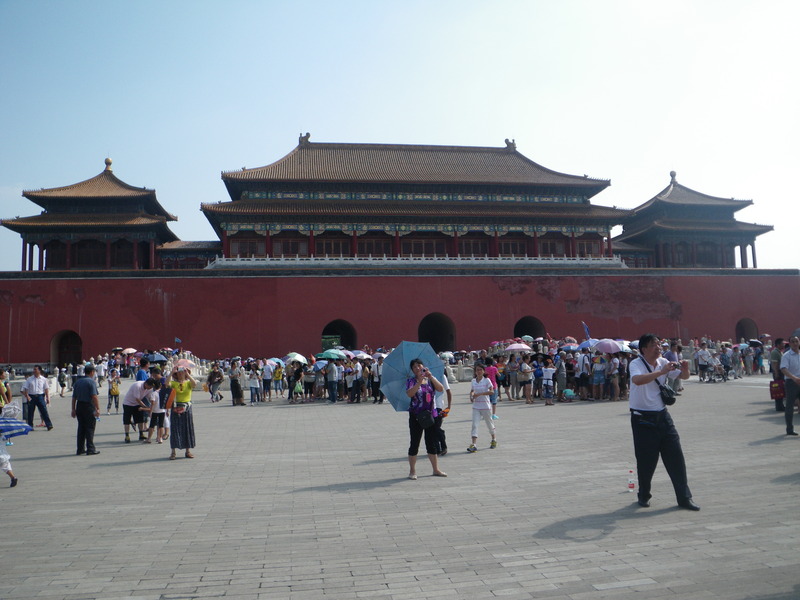
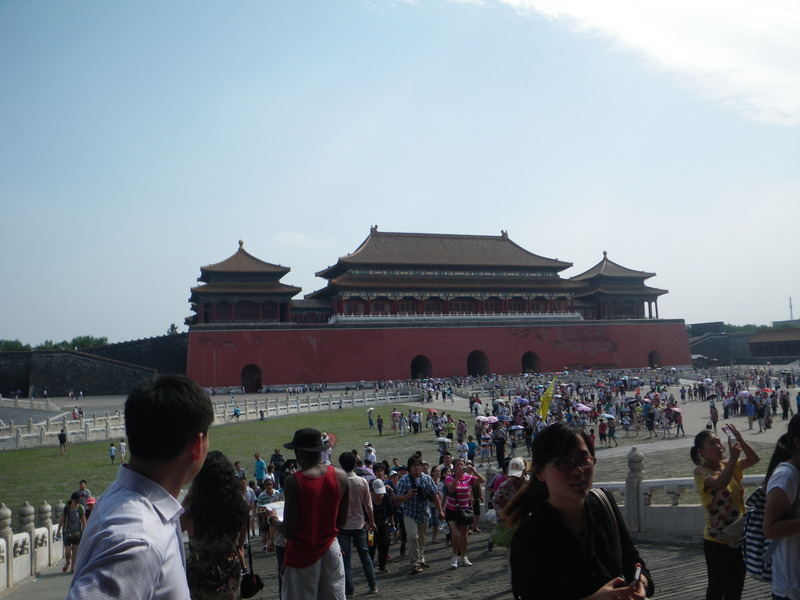
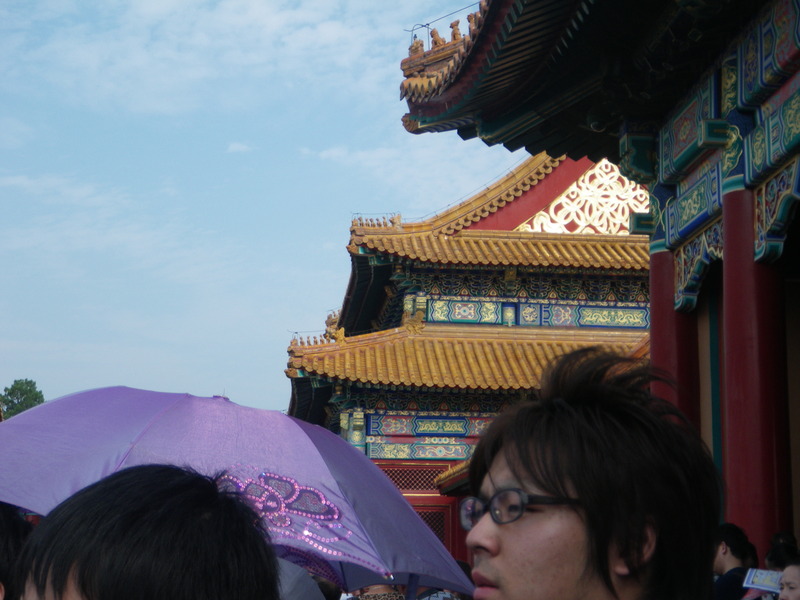

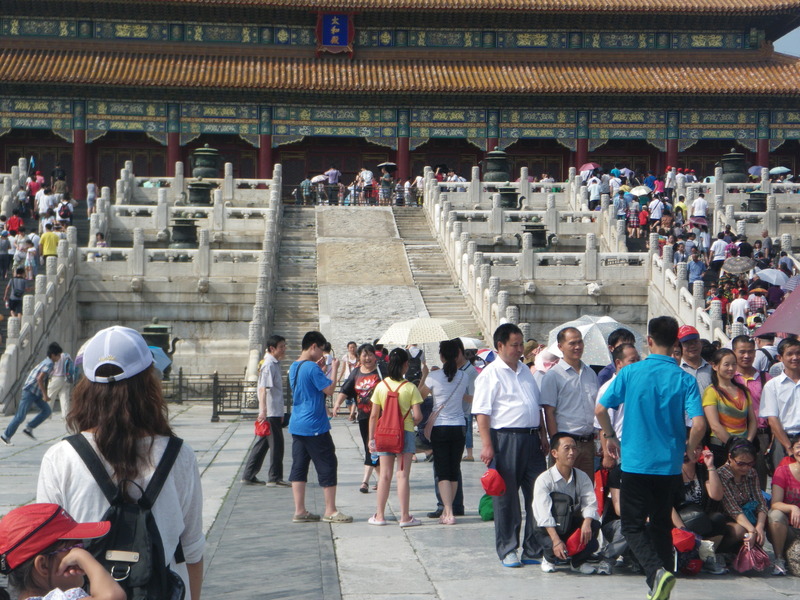
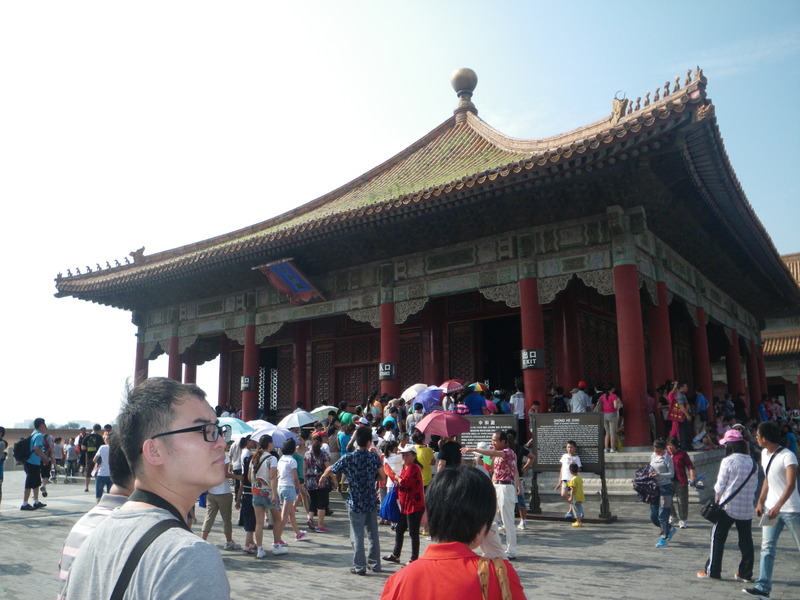
The architecture is both magnificent and well known. There are a few huge buildings separated by large courtyards enclosed by tall walls painted in red, with occasionally smaller buildings.
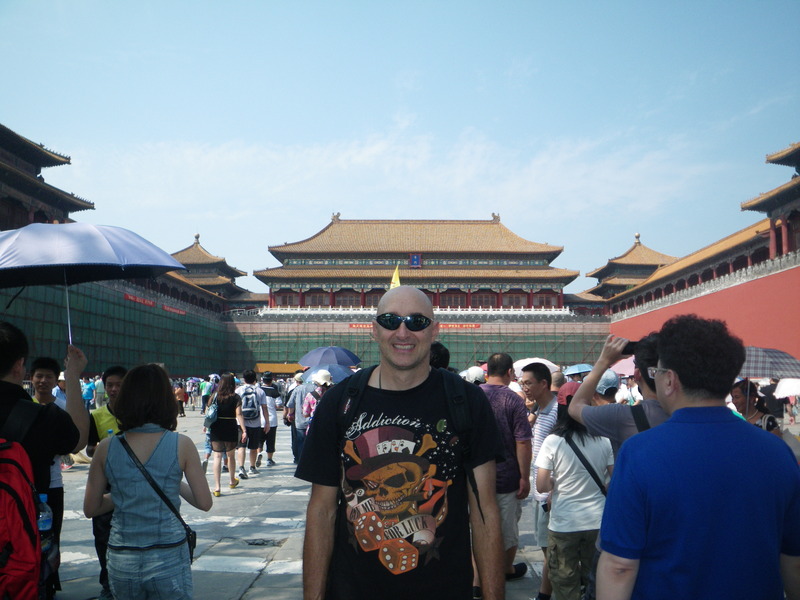

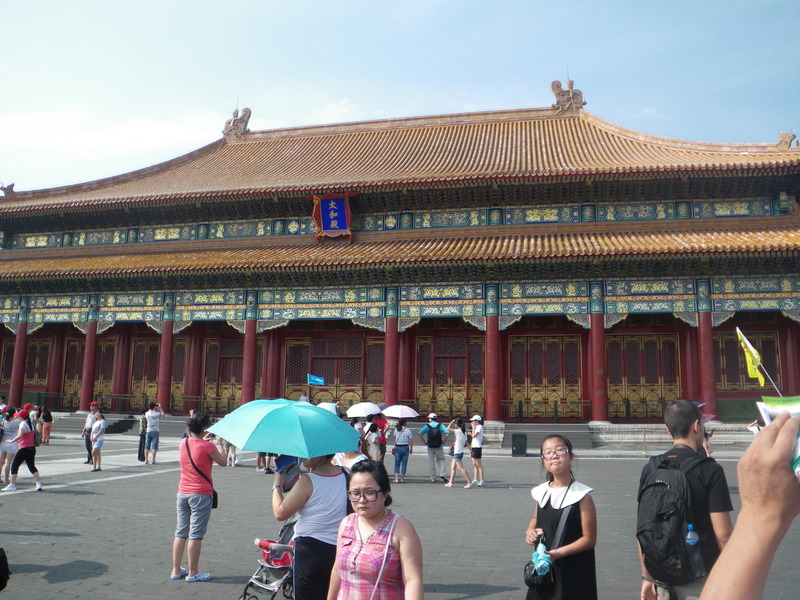
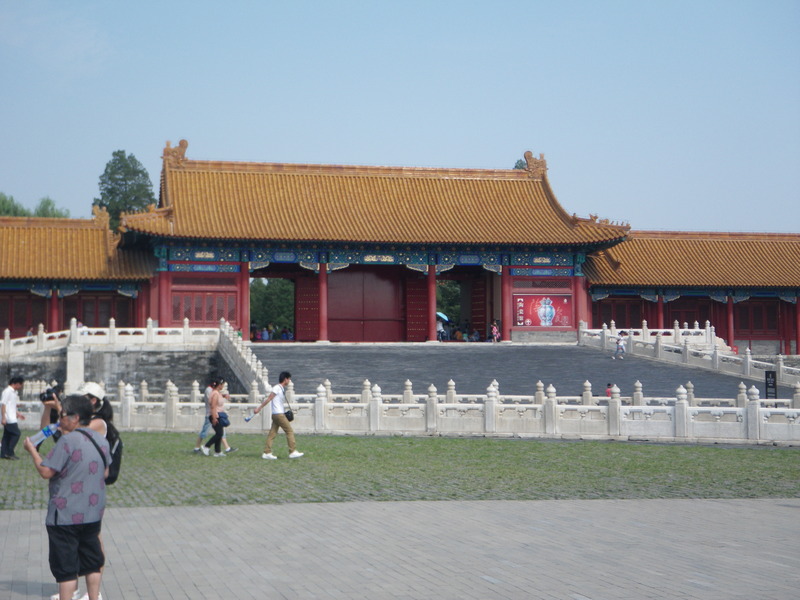
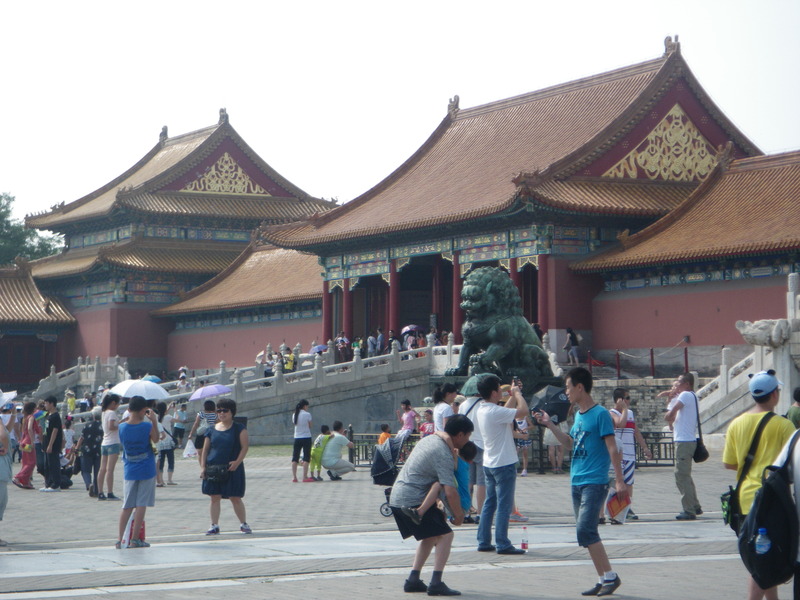
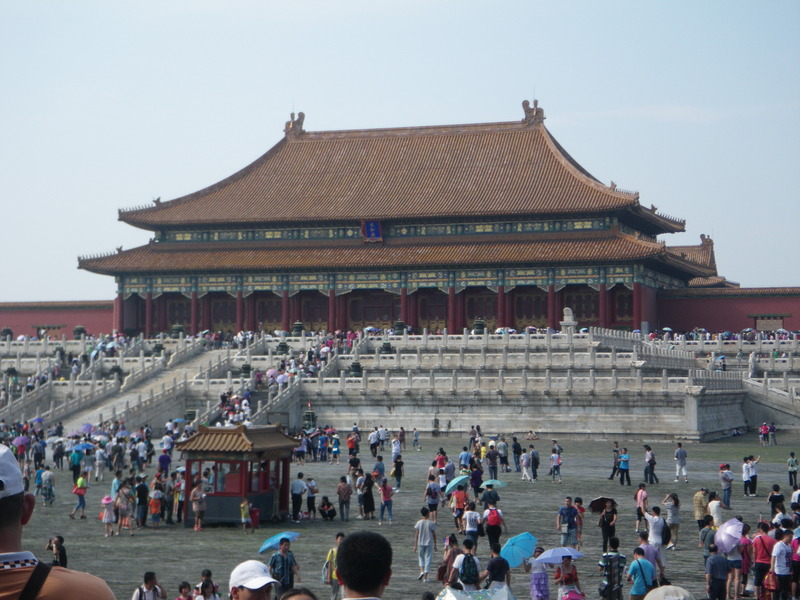
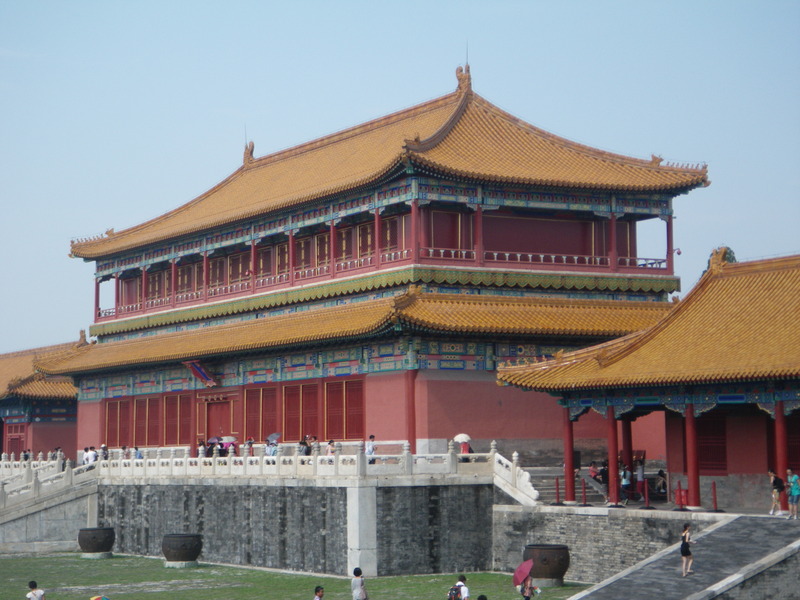


The sculpture is generally also very attractive.
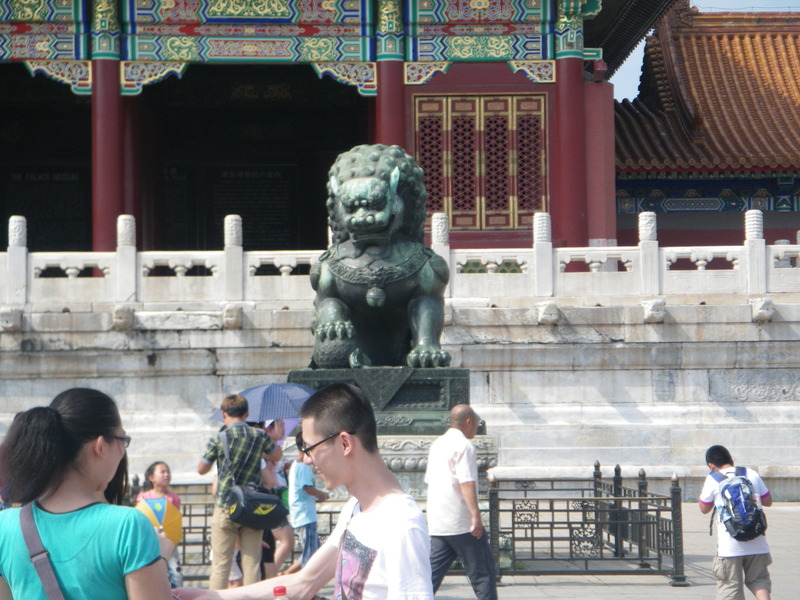
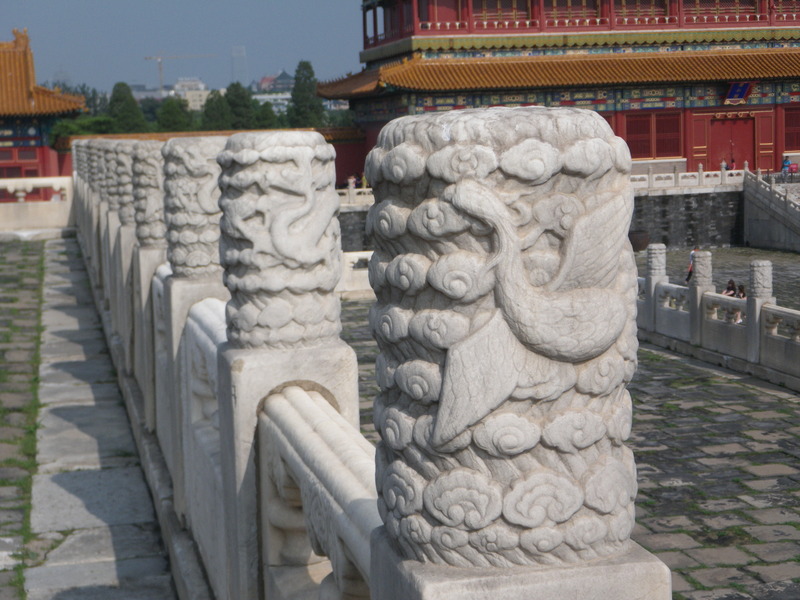
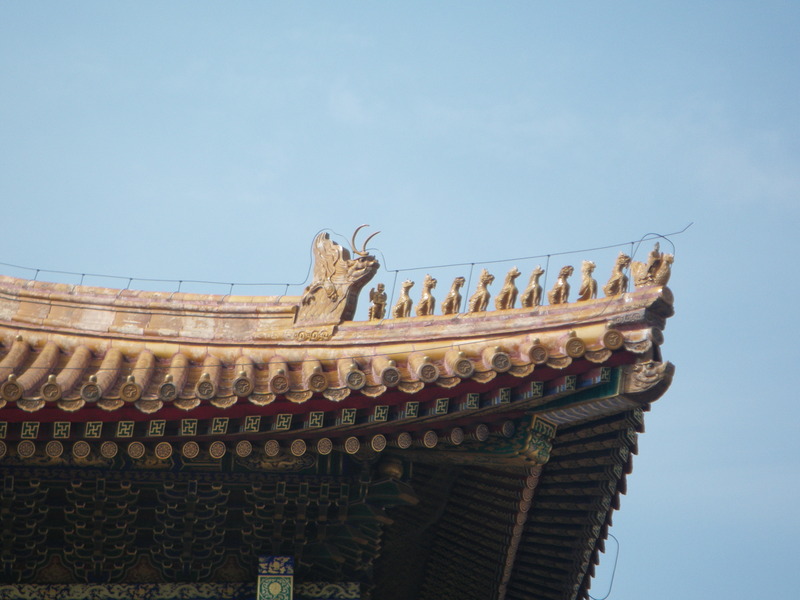

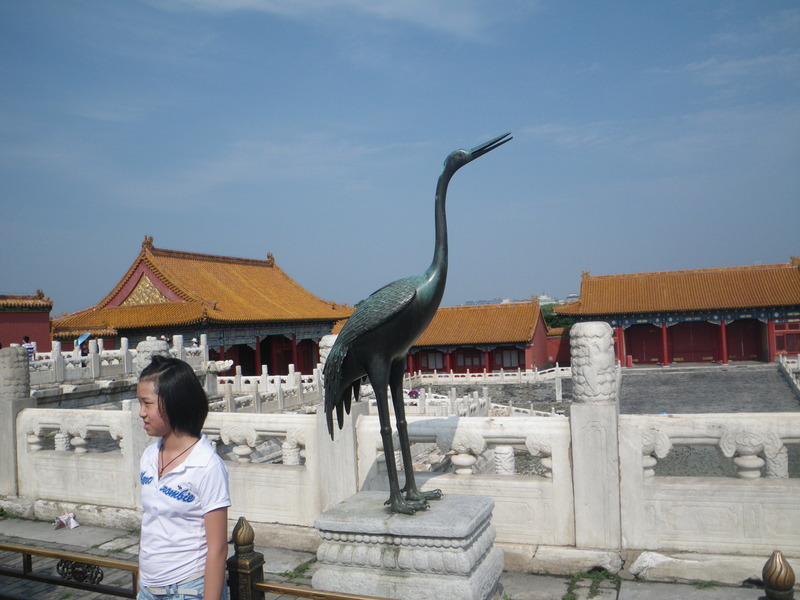
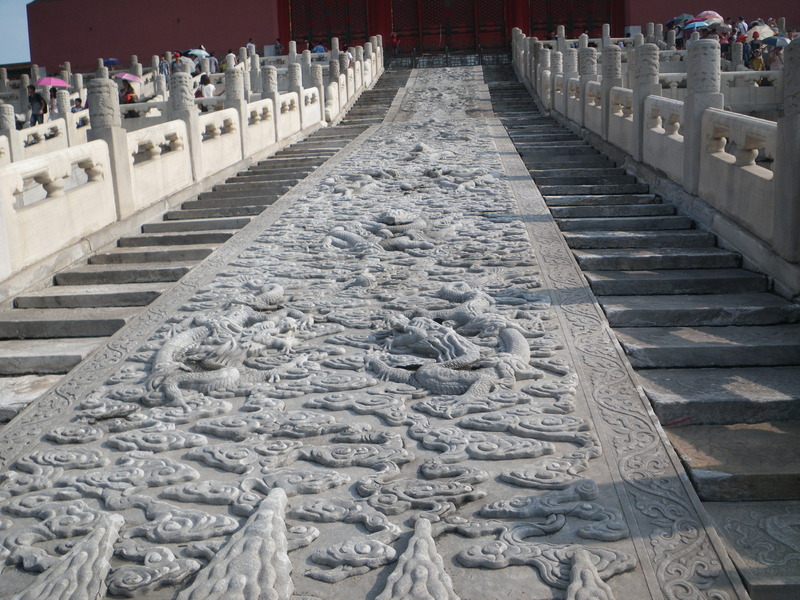
The last picture above shows a carving done in a single piece of rock that weighs 230 tons or so. To bring it to Beijing from its place of origin, wells were dug at short intervals along the route, and water was poured on the ground in winter. The stone was then dragged along the resulting ice road. The carving itself shows dragons swimming in a sea of clouds, above mountains.
The Forbidden City is also very historically significant. It was the home of the emperors of China for about 5 centuries, and was therefore witness to many important historical events. These are three of the rooms the emperor would sit in.

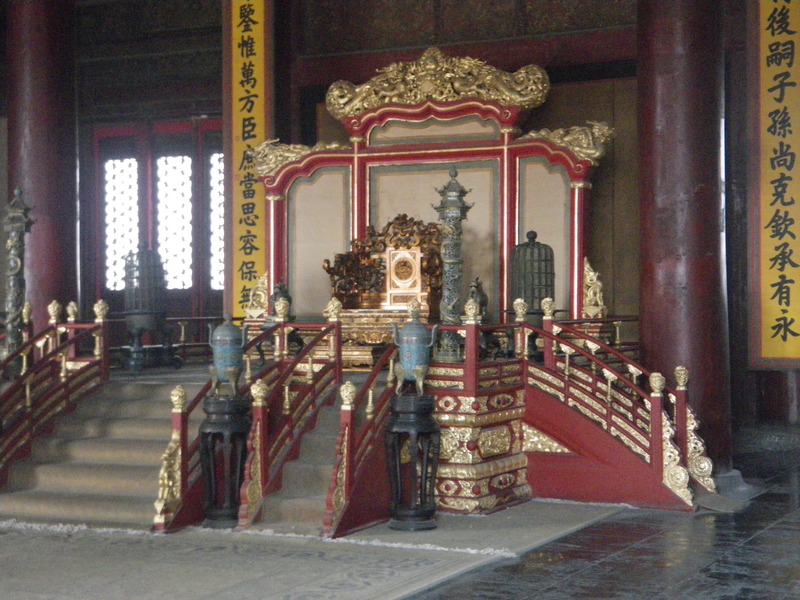
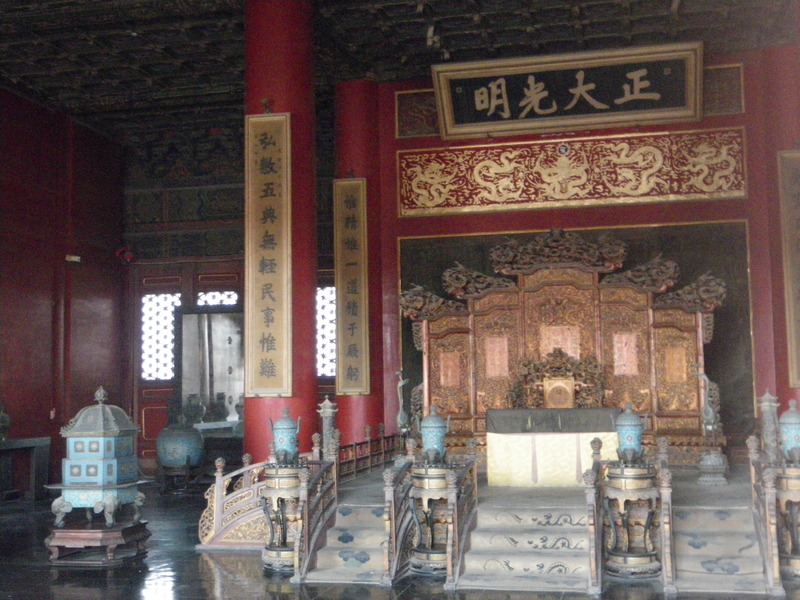
I rented an audio guide, which pointed out that this was the nuptial bed of the empress.
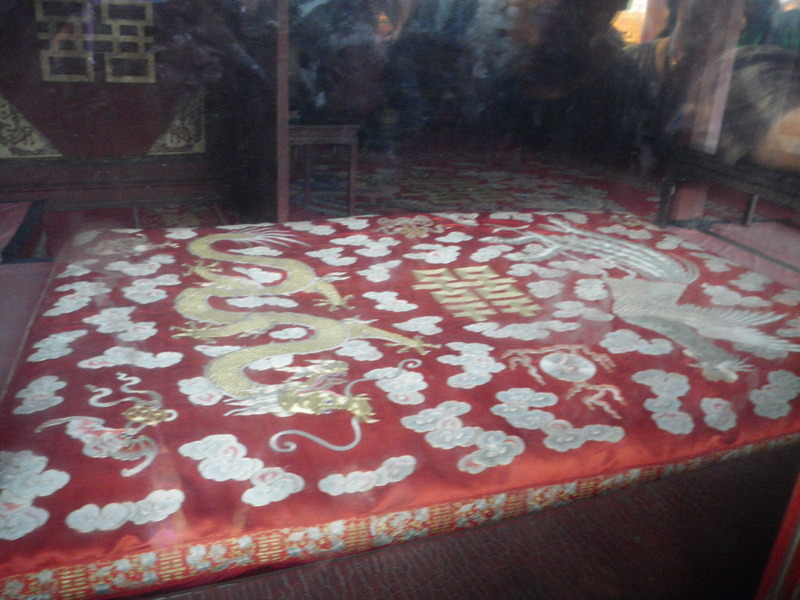
The audio guide also pointed out that the palace was sacked by the Western powers during the Boxer rebellion in the 1800s. The western soldiers helped themselves to many of the treasures of the palace, including scraping the gold plating off these huge basins which were used to hold water, to be used in case of fires.

The back of the palace has a garden, including nice buildings, contorted old cypresses, and a couple of artificial rocky hills.
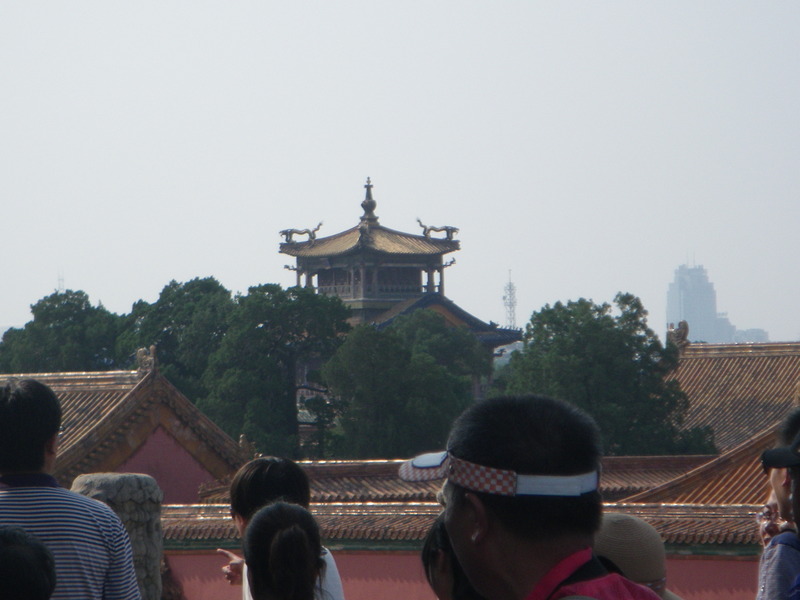
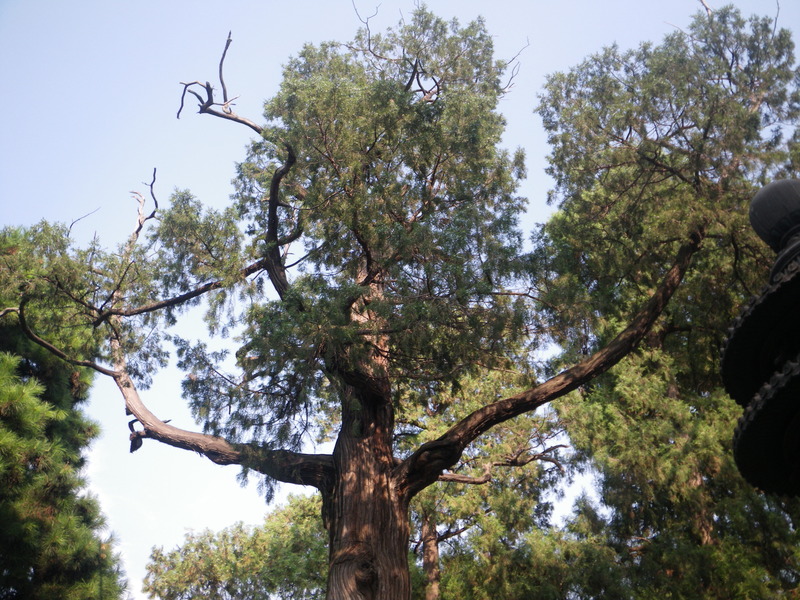
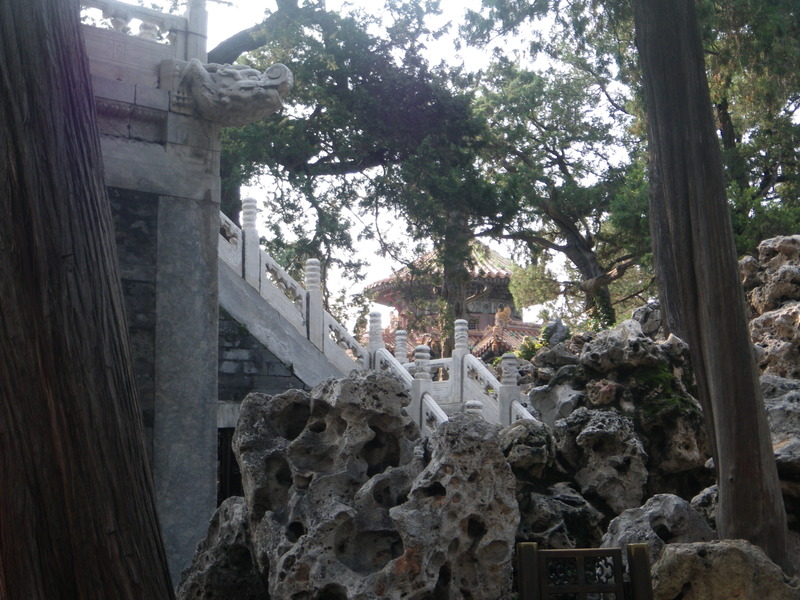
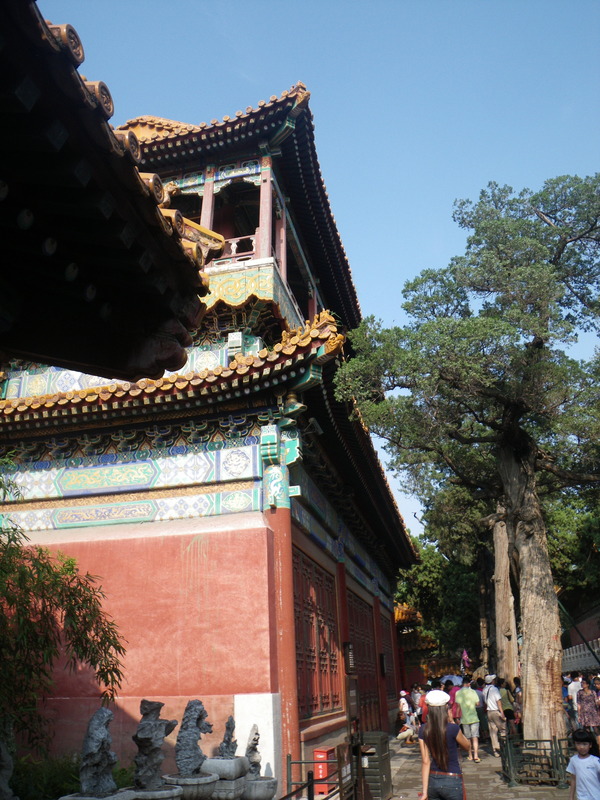

There are many, many nice views in the palace.

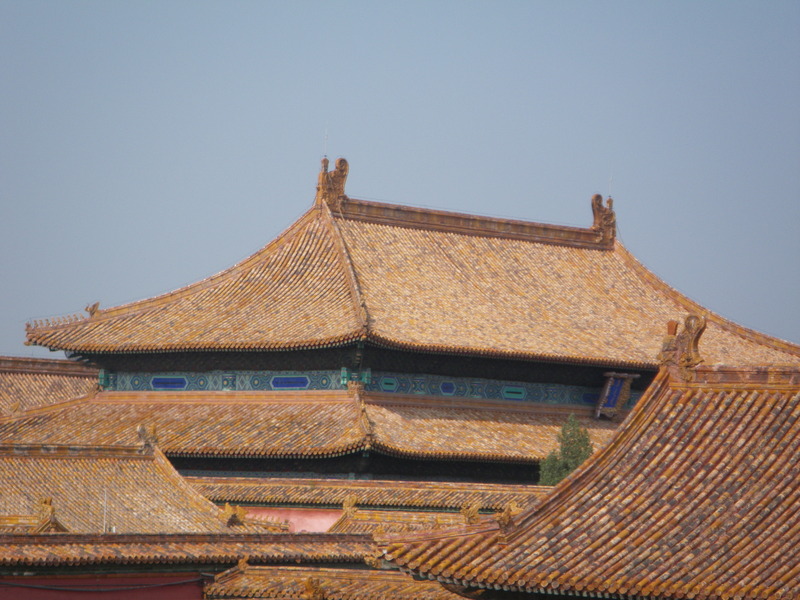

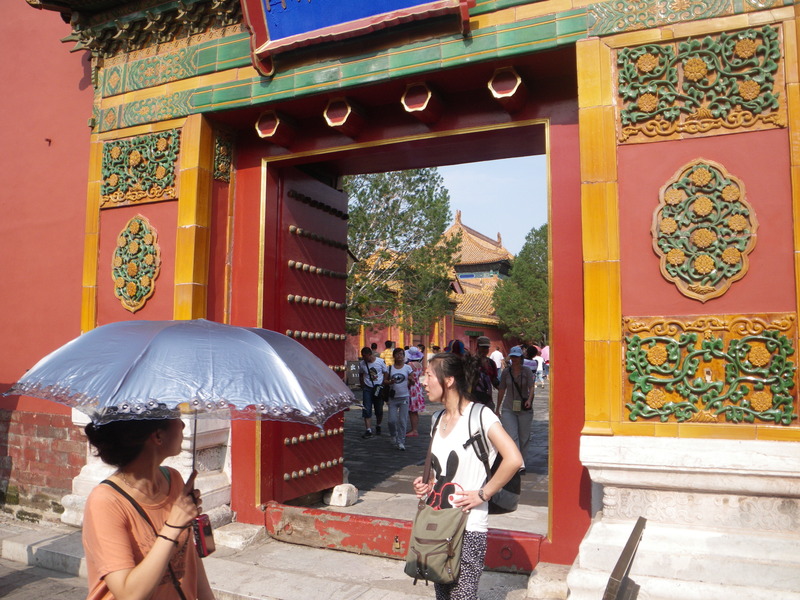
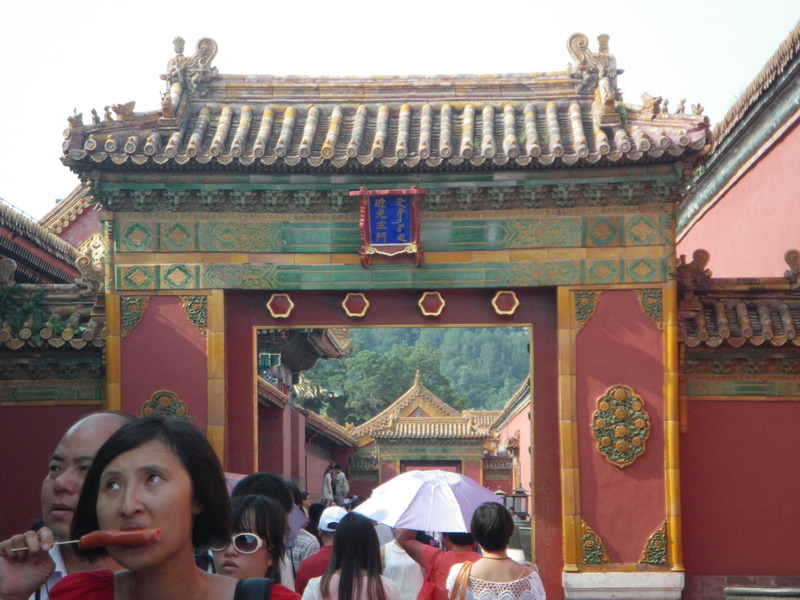
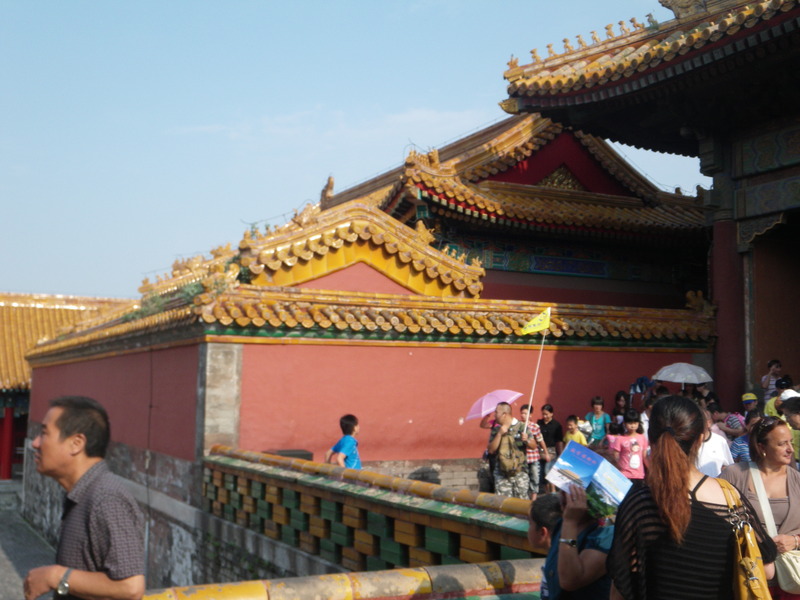

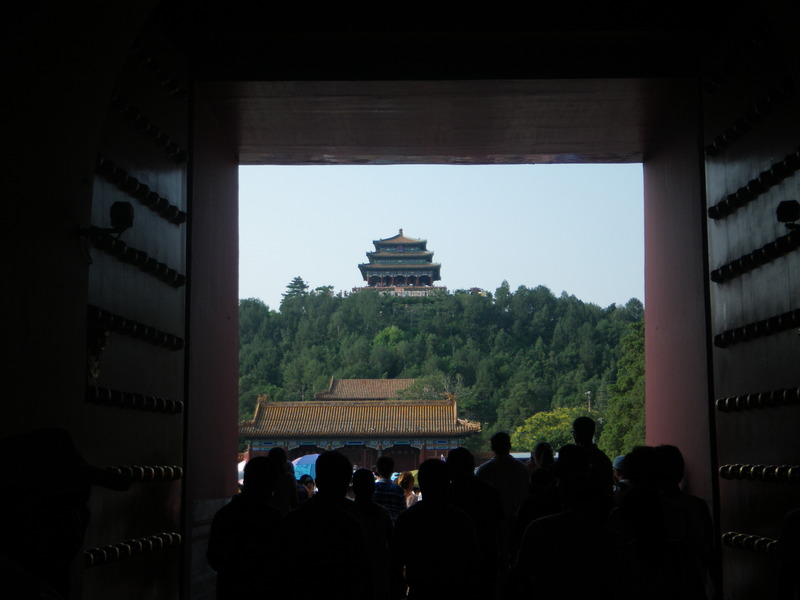
The hill in the last two pictures above is outside the palace proper. Since Beijing is very flat, the hill is artificial. The hill was built to complement the imperial palace.
From outside the palace, I could see some of the towers inside.
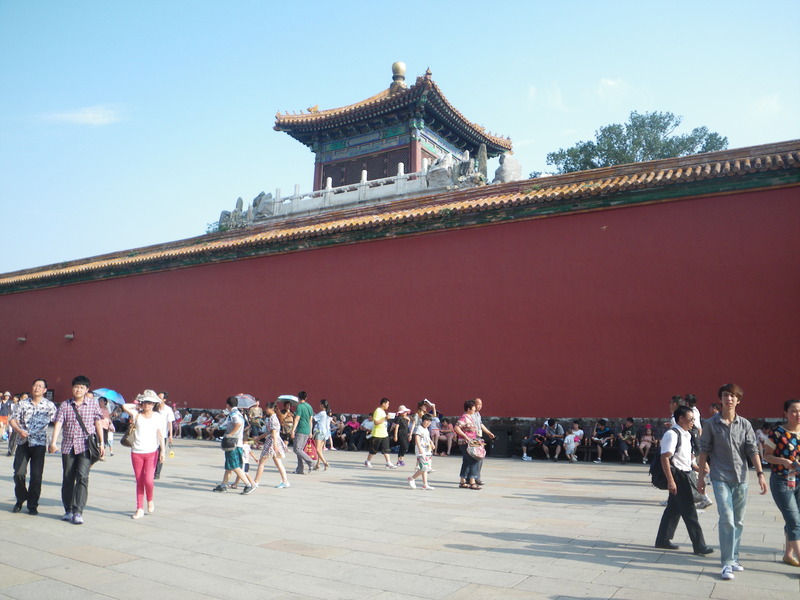

This gate is at the North side of the palace. Being the back entrance, it is not as famous as the Gate of Heavenly Peace.
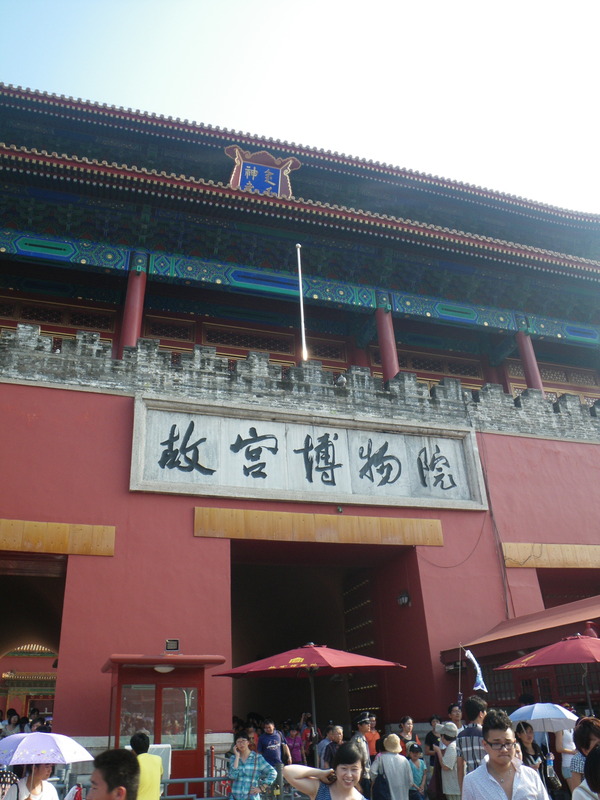
Around the palace is a huge moat.

Beijing is very flat, as I mentioned. Going North from Beijing, the mountains seem to rise suddenly from the plains.
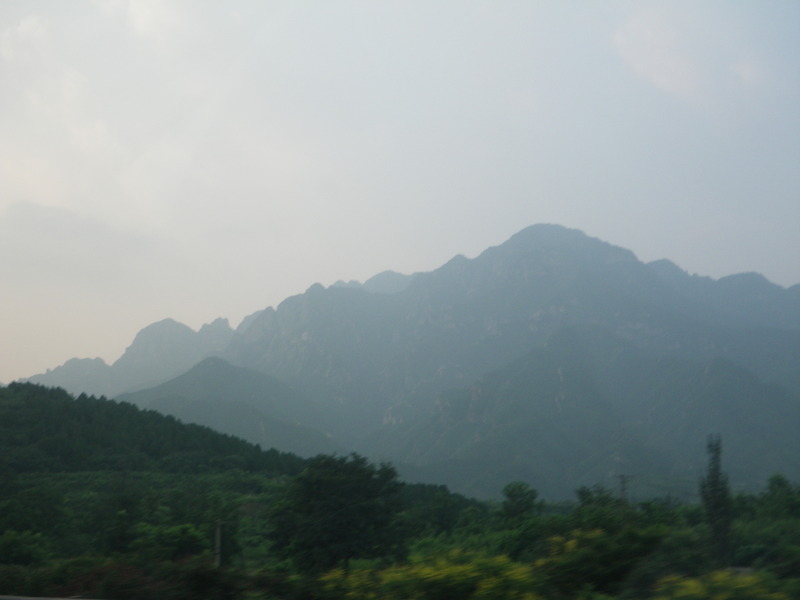
The Great Wall of China can be seen in several places within about 100km of Beijing. The sections that can be visited have generally been restored, because, due to lack of maintenance as well as use of the wall material for construction, a lot of the unmaintained wall is in poor condition. What is maintained and restored is attractive and impressive.
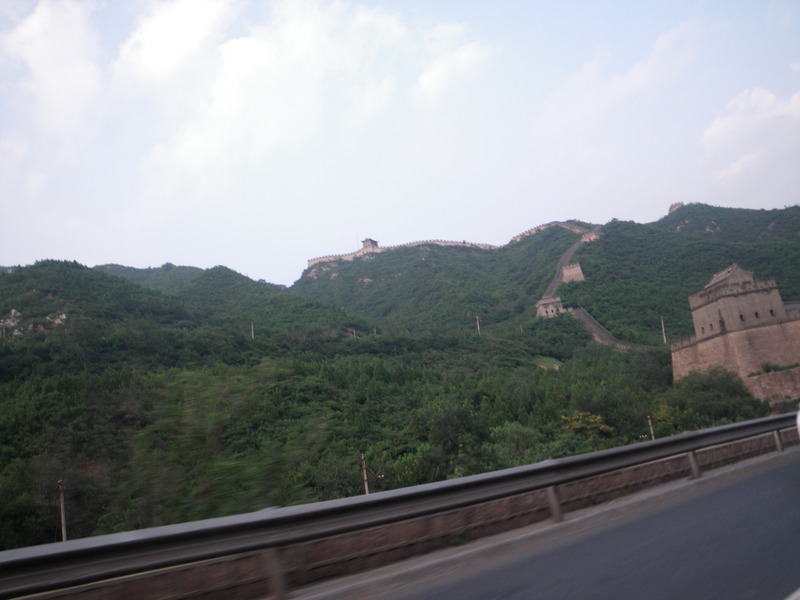
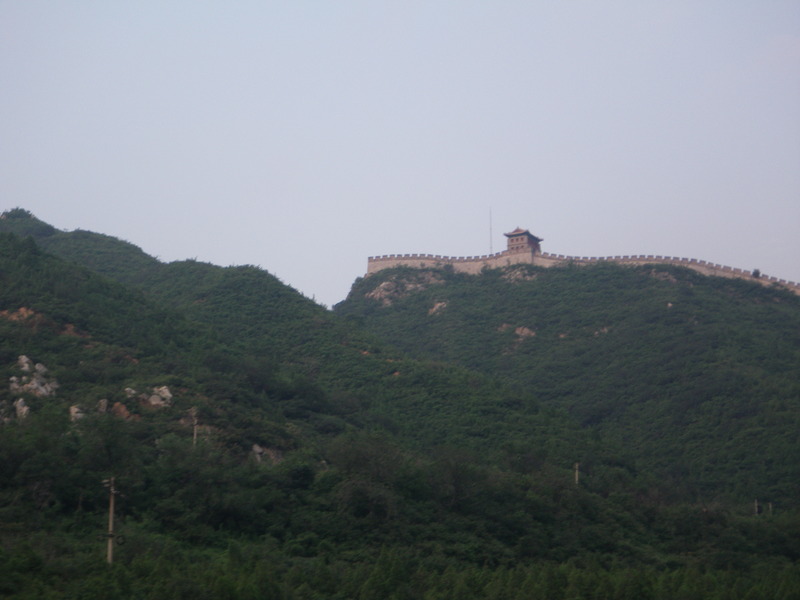

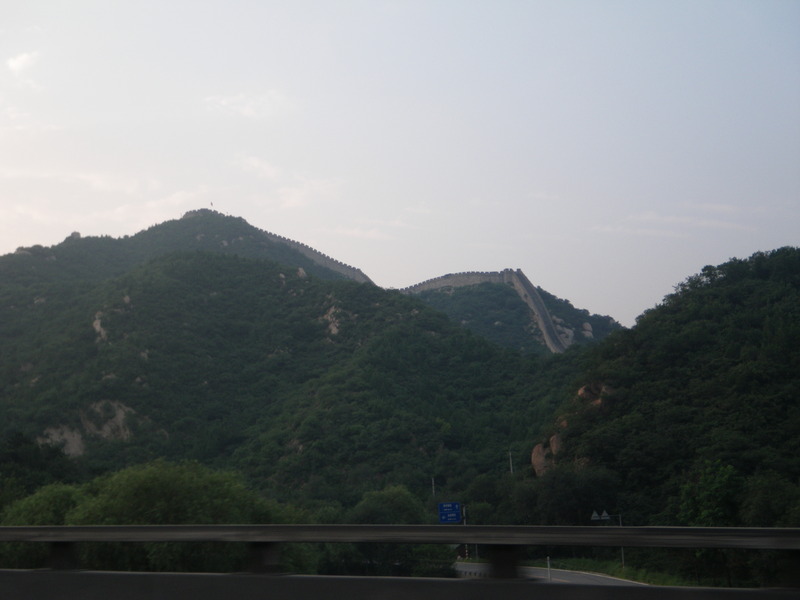

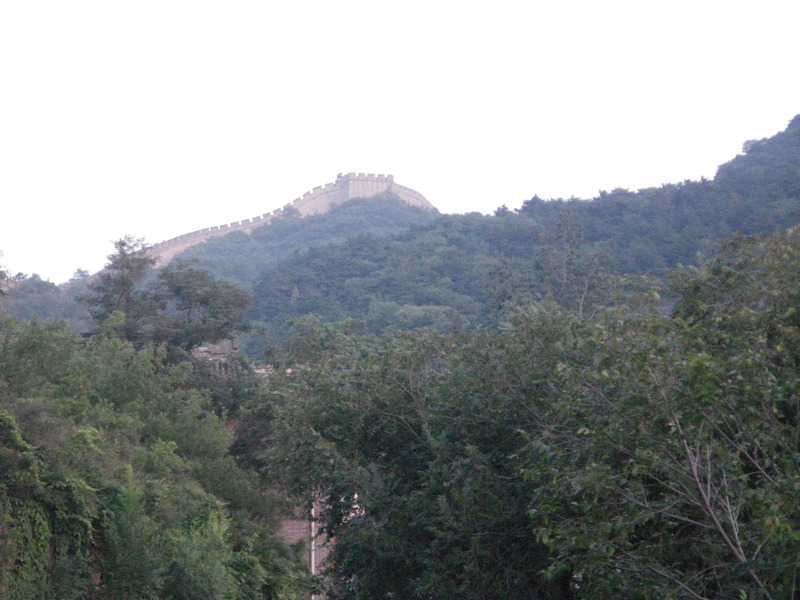


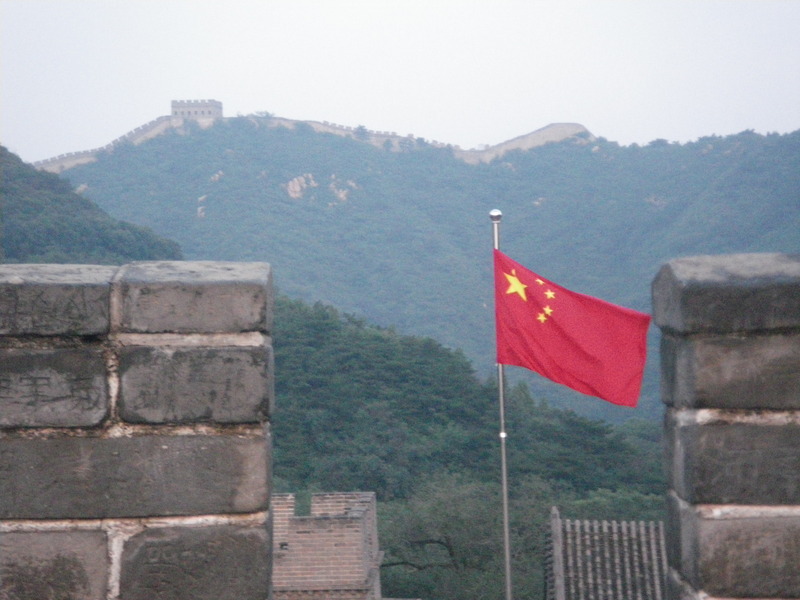
Badaling is one of the most popular places for viewing and climbing the wall, so normally it would be about as crowded as I found the Forbidden City. However, I was there around sunset, so the number of people was small.
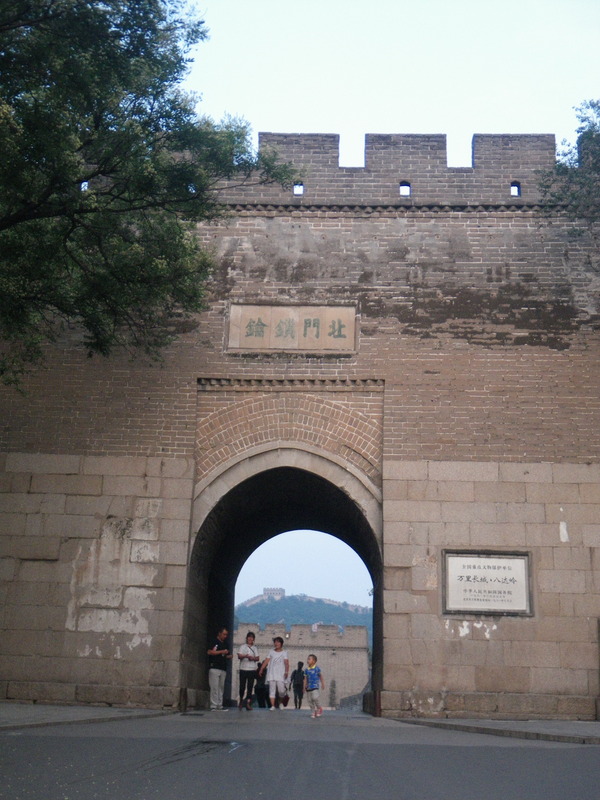
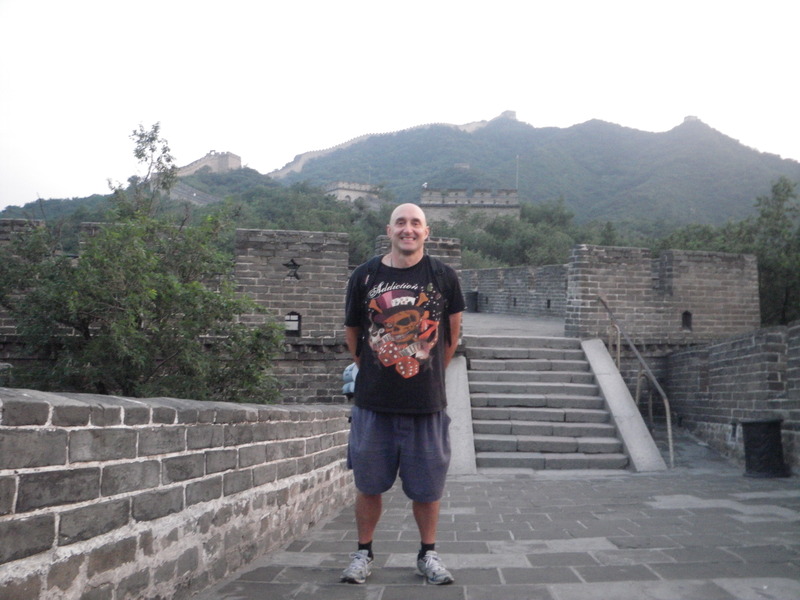
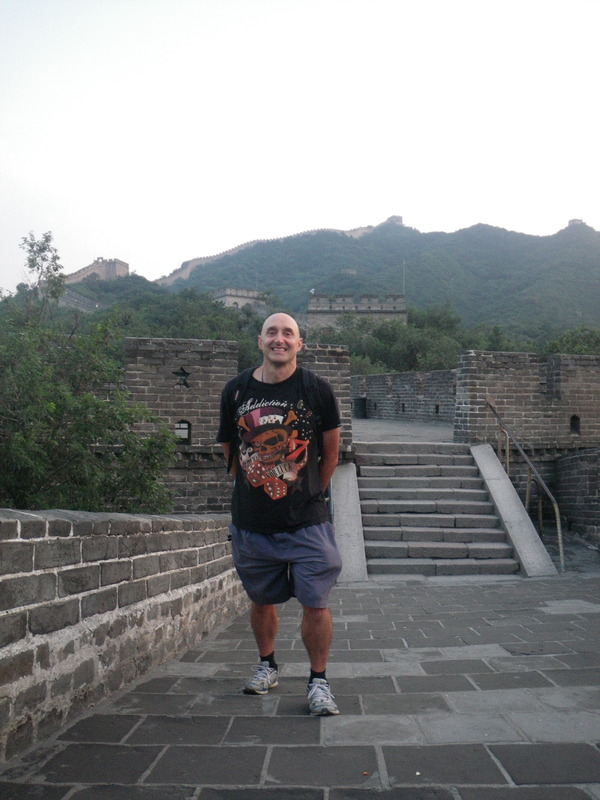
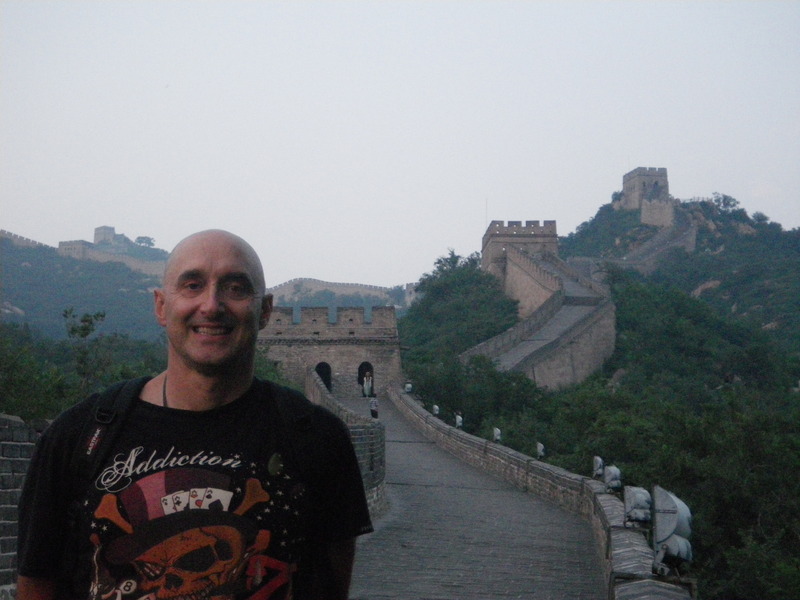

Badaling is a pass over the mountains, so the fortifications here were particularly deep. The valley is also rather nice.


And so was the sunset.
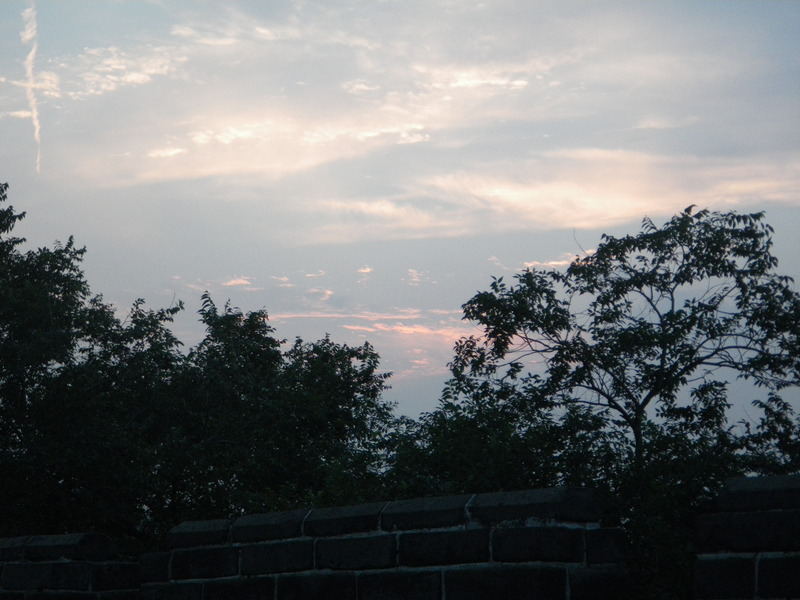
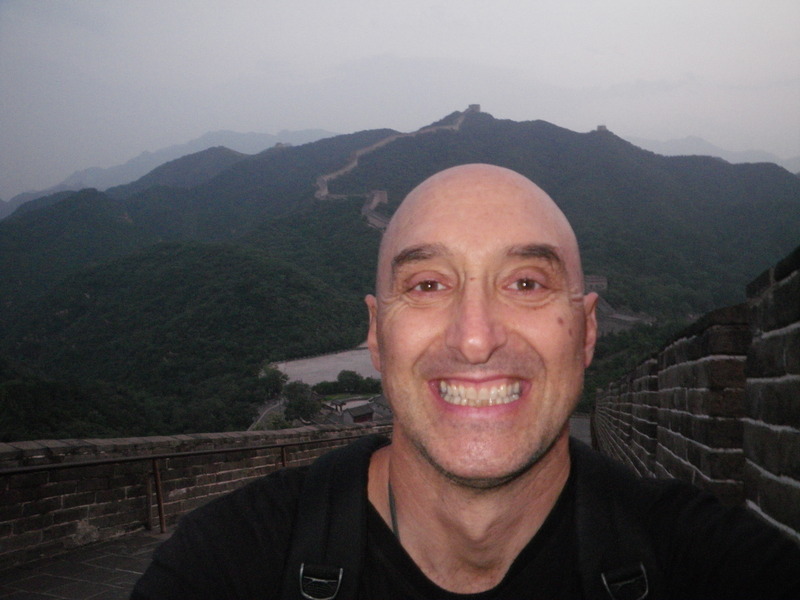
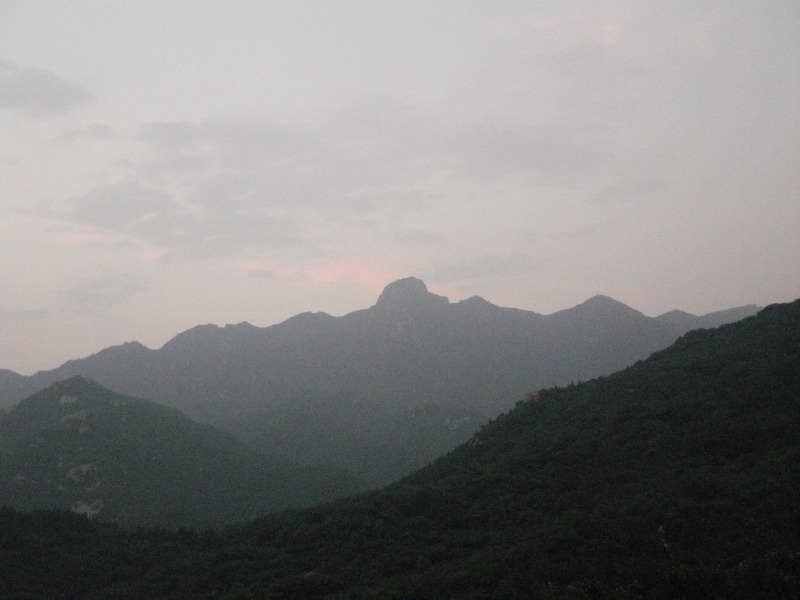
While Beijing is full of big and spectacular palaces, most of the common people lived in small alleys called Hutong. While much of the city has developed upwards and outwards, there are still Hutong left inside the second ring road.
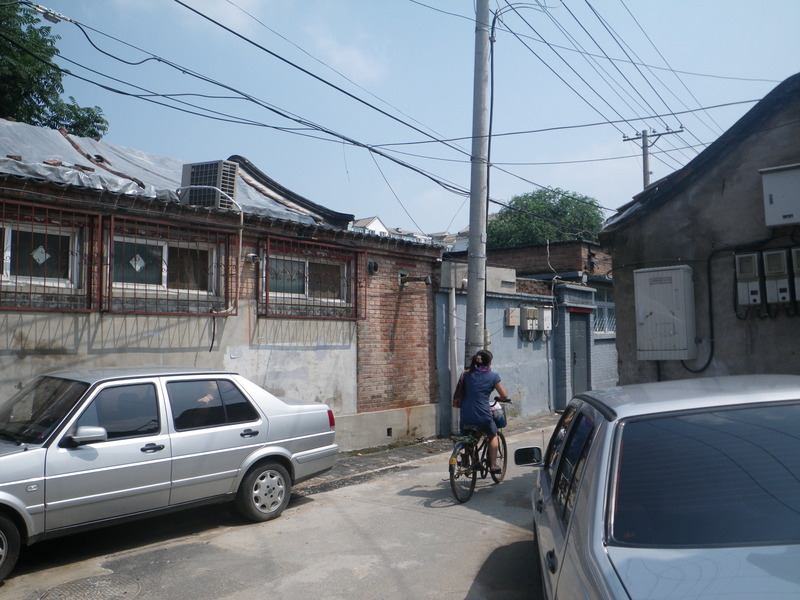
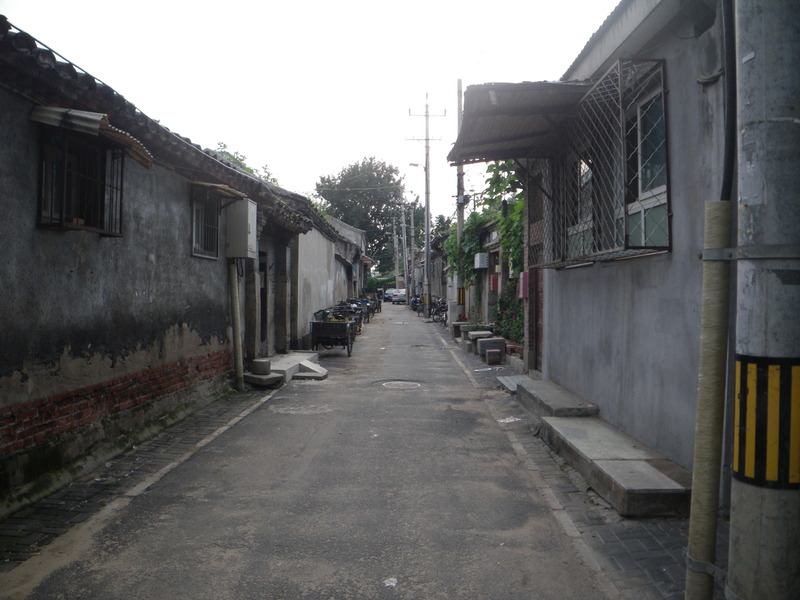
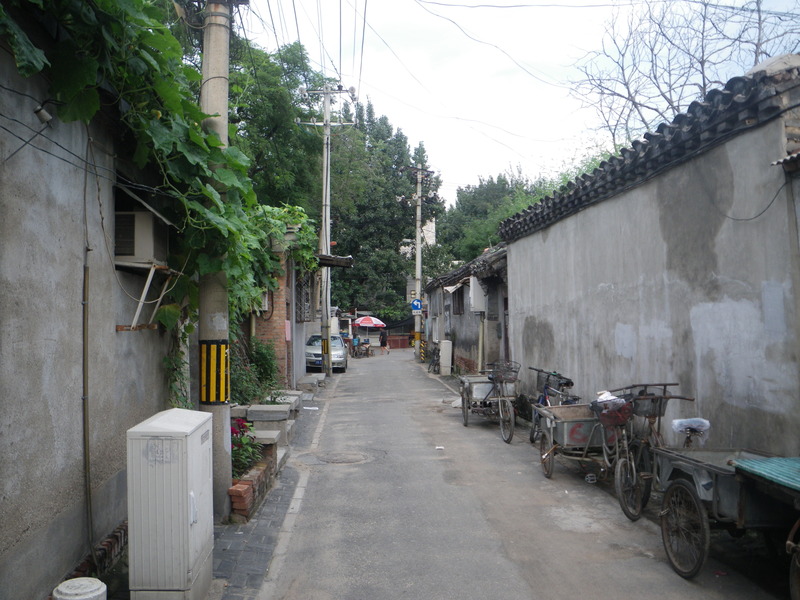
Hutong houses generally have a courtyard separate from the street.
Although many of the houses look small and poor, at least one looked very substantial.

